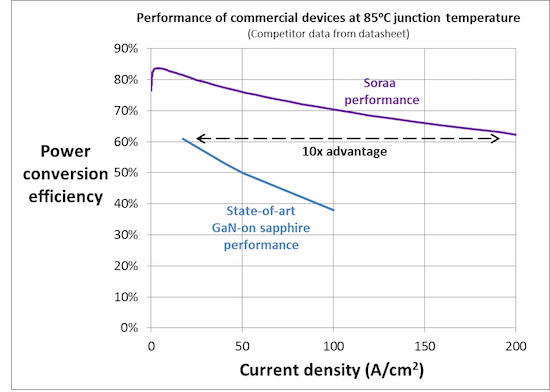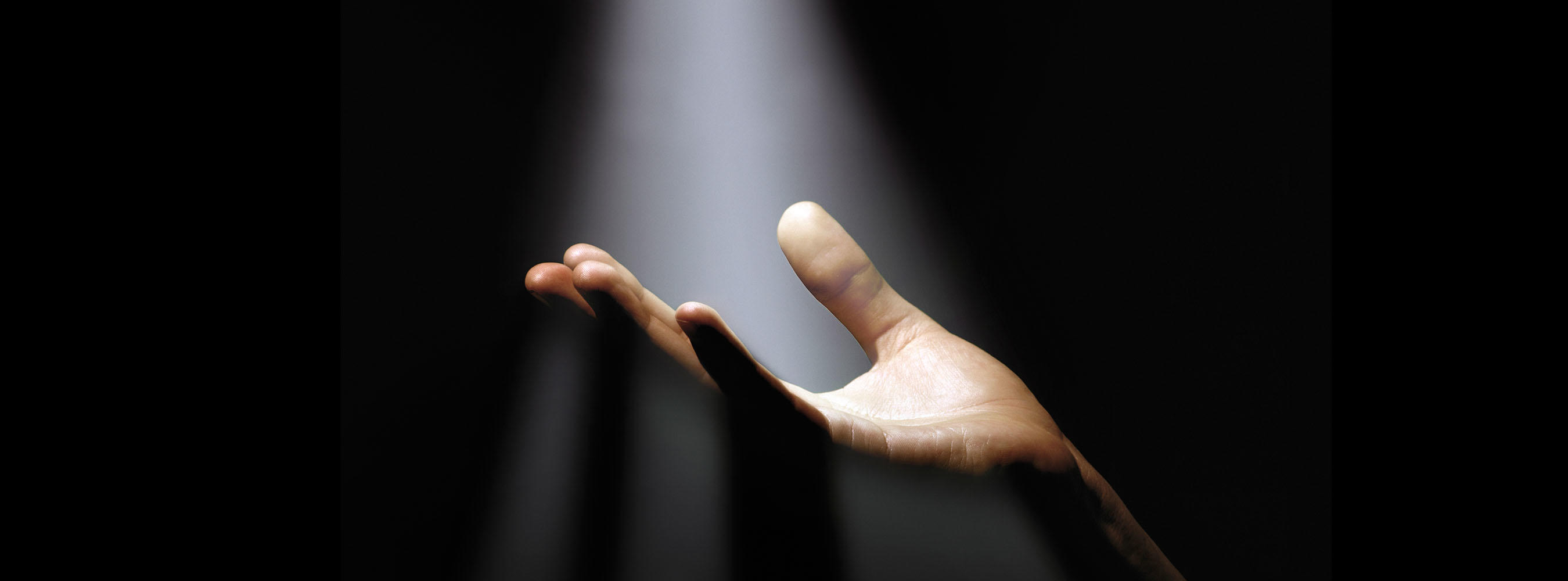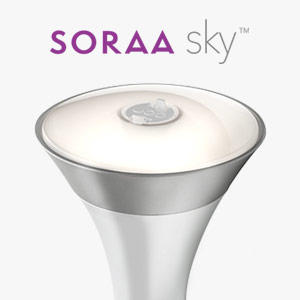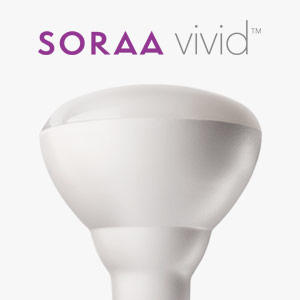Top Ten Challenges For Solid-State Lighting: #9 – “Brightness”
March 2015 - by Aurelien David, SORAA's Chief Scientist
I like this
In this series, we discuss short-term challenges for the LED industry – going beyond obvious discussion points like cost, and focusing on more subtle but equally important considerations.
In the race to improve LED performance, focus is often put on raw lumens. However, as we have discussed in the past week (#10: "Confusion"), generating lumens is only part of the challenge: light has to be delivered in the right place. As LEDs try to conquer the sector of directional lighting, this has become increasingly difficult – a challenge which can be reduced to one word: brightness.
Brightness, also called luminance, is the amount of light emitted by a given surface in a given direction. It is a crucial quantity because, according to the laws of optical physics, brightness can never increase in an optical system. This means that the best way to obtain a high-brightness narrow beam is to start from a high-brightness LED source – in other words, a small LED emitting a lot of light.
Now, how hard can this be? Let’s just drive more current in our LEDs and have them emit more photons! Of course, things are not that simple. For one thing, high-current operation can be tough on LEDs and jeopardize reliability. Second, and more fundamentally, LEDs suffer from a phenomenon called “efficiency droop” which has been keeping scientists on their toes for the last decade. Due to droop, the energy efficiency of an LED decreases as it is driven to high current density – the exact opposite of what we need for high-brightness LEDs.
The consequence in past years? Most LED manufacturers, unable to combat droop, have been making larger LEDs to emit more light and maintain efficiency – encouraged in part by cost reduction in LED chips. But this trick is hardly applicable for directional applications, as the brightness of these larger emitters in fact decreases. This results in luminaires with large footprints struggling to produce clean and narrow beams, not ideal for directional lighting. There is now a reckoning that this strategy has its limits: at conferences earlier this year, I witnessed several of its former proponents acknowledge that beating droop is still a top objective.
This is a decision SORAA made long ago. From the get-go, SORAA focused its efforts on developing a groundbreaking technology that displaces the conventional limits of droop – as previously discussed in in this recent article. With better droop behavior, SORAA’s Gen 3 LEDs can be driven at five to ten times the current density of incumbent technology – and the robust GaN-on-GaN platform guarantees that this can be done reliably. This, together with skillful optical design is the cornerstone of SORAA’s narrow-beam high-candela products. And there is still a lot that can be done to push the limits of high-brightness LEDs and enable unheard-of directional applications – so stay tuned!









